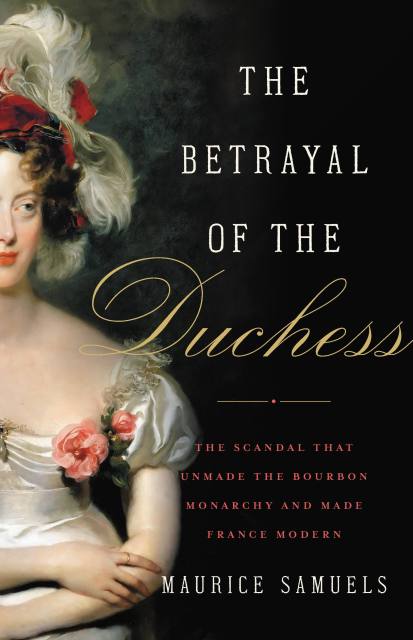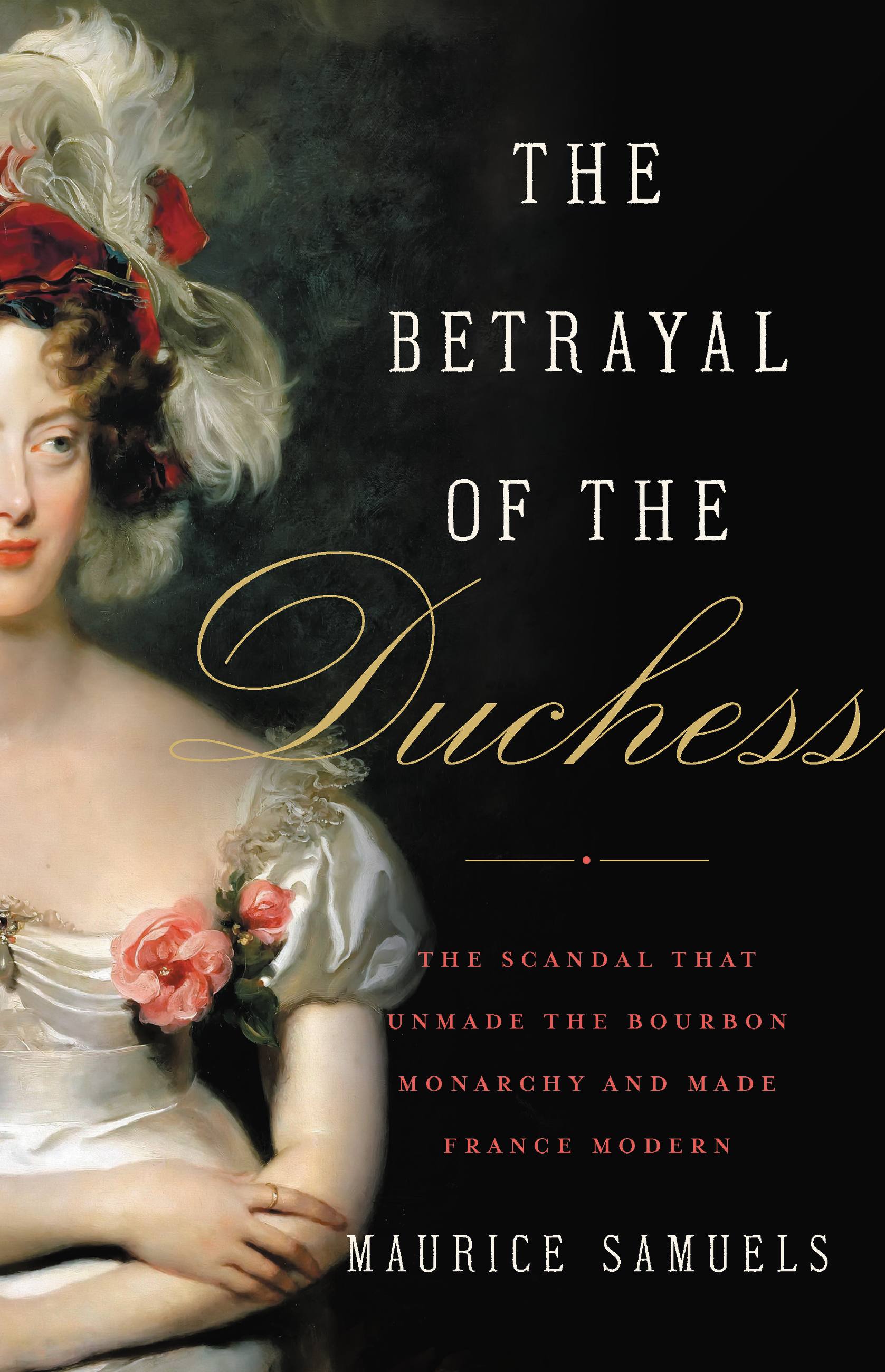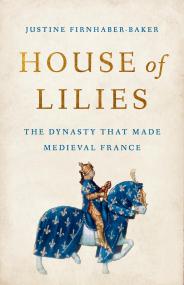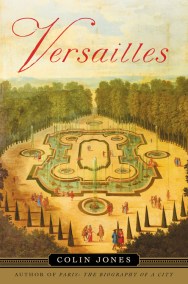Promotion
Use code BEST25 for 25% off storewide. Make sure to order by 11:59am, 12/12 for holiday delivery!
By clicking “Accept,” you agree to the use of cookies and similar technologies on your device as set forth in our Cookie Policy and our Privacy Policy. Please note that certain cookies are essential for this website to function properly and do not require user consent to be deployed.
The Betrayal of the Duchess
The Scandal That Unmade the Bourbon Monarchy and Made France Modern
Contributors
Formats and Prices
- On Sale
- Apr 14, 2020
- Page Count
- 416 pages
- Publisher
- Basic Books
- ISBN-13
- 9781541645462
Price
$19.99Price
$24.99 CADFormat
Format:
ebook $19.99 $24.99 CADThis item is a preorder. Your payment method will be charged immediately, and the product is expected to ship on or around April 14, 2020. This date is subject to change due to shipping delays beyond our control.
Buy from Other Retailers:
The year was 1832, a cholera pandemic raged, and the French royal family was in exile, driven out by yet another revolution. From a drafty Scottish castle, the duchesse de Berry — the mother of the eleven-year-old heir to the throne — hatched a plot to restore the Bourbon dynasty. For months, she commanded a guerilla army and evaded capture by disguising herself as a man. But soon she was betrayed by her trusted advisor, Simon Deutz, the son of France’s Chief Rabbi. The betrayal became a cause célèbre for Bourbon loyalists and ignited a firestorm of hate against France’s Jews. By blaming an entire people for the actions of a single man, the duchess’s supporters set the terms for the century of antisemitism that followed.
Brimming with intrigue and lush detail, The Betrayal of the Duchess is the riveting story of a high-spirited woman, the charming but volatile young man who double-crossed her, and the birth of one of the modern world’s most deadly forms of hatred.
Genre:
Newsletter Signup
By clicking ‘Sign Up,’ I acknowledge that I have read and agree to Hachette Book Group’s Privacy Policy and Terms of Use






